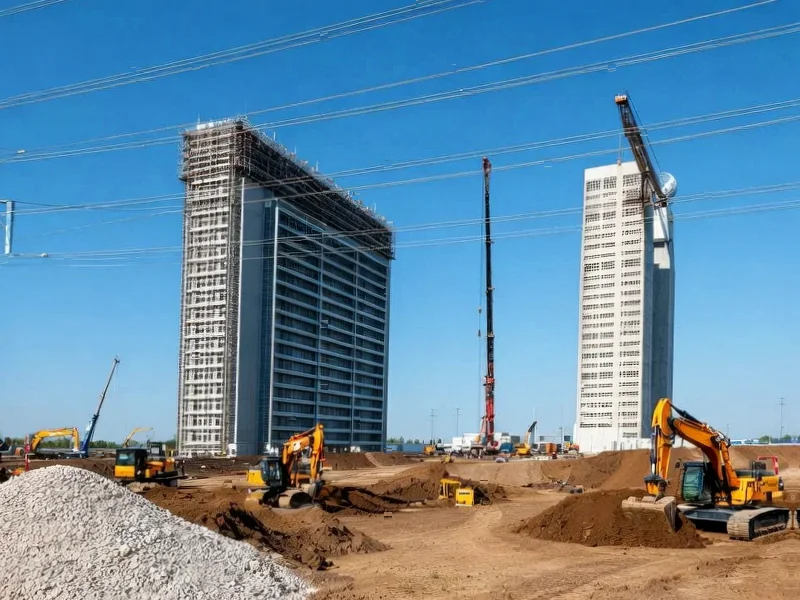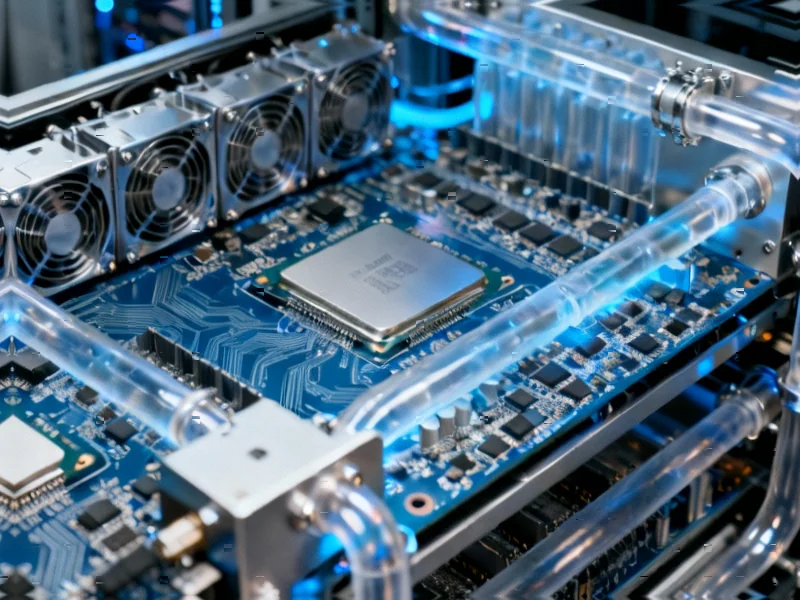According to Financial Times News, Nvidia has reached a staggering $5 trillion valuation and continues climbing, becoming the emblem of an AI economy inflating on unprecedented expectations. The company now anchors an AI ecosystem deeply entangled with Microsoft, OpenAI, AWS, and TSMC, representing a substantial share of the US economy. CEO Jensen Huang’s claim of “visibility into half a trillion dollars” of orders reveals pre-emptive commitments to secure scarce compute capacity years ahead rather than signals of realized demand. This creates a closed-loop capitalism where a small circle of companies fund, supply, and buy from one another, recycling capital while real productivity gains remain elusive. The convergence of capital, state interests, and strategic narrative has created systemic risks that could reverberate through pension portfolios and global markets when momentum inevitably slows.
Table of Contents
The Dangerous Financialization of Compute
What we’re witnessing is the transformation of computational resources from productive tools into financial instruments. When companies commit billions to secure GPU capacity years in advance, they’re essentially treating compute as a speculative asset rather than a means of production. This mirrors historical patterns where scarce resources—from tulip bulbs to mortgage derivatives—became financialized, creating bubbles detached from underlying value creation. The artificial intelligence infrastructure boom resembles the telecom bubble of the late 1990s, where companies overbuilt capacity based on projected demand that never materialized.
The Concentration Problem
The AI ecosystem’s extreme concentration creates multiple systemic vulnerabilities. With Nvidia controlling approximately 80% of the AI chip market and TSMC dominating manufacturing, the entire supply chain depends on a handful of companies. This concentration extends to cloud providers like AWS and major AI developers including OpenAI, creating interdependencies that amplify risks. When capital circulates primarily among these same players, it creates the illusion of broad-based economic activity while actually representing capital recycling within a closed system.
Geopolitics as Bubble Protection
The most concerning aspect is how geopolitical competition shields the AI boom from necessary scrutiny. Questioning AI’s economic viability becomes framed as challenging national security and technological leadership. This dynamic recalls how the housing bubble was protected by narratives of “the American dream of homeownership” and “too big to fail” institutions. Jensen Huang and other AI leaders have become not just corporate executives but symbols of national technological ambition, making objective assessment increasingly difficult.
The Missing Productivity Gains
Despite massive investment, measurable productivity improvements from generative AI remain elusive. Most current applications focus on marginal efficiency gains rather than transformative business model innovation. The gap between promised revolution and delivered incremental improvement suggests we may be experiencing another “productivity paradox” similar to the 1980s, when massive IT investment initially showed disappointing returns. Without clear path to ROI beyond cost displacement, the justification for continued massive investment becomes increasingly speculative.
When the Momentum Slows
The systemic nature of this bubble means its deflation will impact far beyond venture capital and tech stocks. Passive investment strategies have tied mainstream retirement funds to AI-heavy indices, while corporate balance sheets increasingly reflect AI infrastructure as strategic assets. When demand rationalization occurs—whether through technological disruption, economic downturn, or simply delayed ROI—the ripple effects will extend through pension funds, corporate valuations, and potentially sovereign wealth funds. Regulators should be developing contingency plans now rather than waiting for the first cracks to appear.
A Necessary Reality Check
History teaches that technological revolutions create enormous value, but the path is rarely smooth or predictable. The internet bubble created foundational infrastructure that enabled later innovation, but it also wiped out trillions in market value during its correction. The current AI investment frenzy may eventually yield transformative technologies, but the disconnect between current valuations and near-term revenue potential suggests a painful adjustment period lies ahead. Investors and policymakers would be wise to distinguish between AI’s long-term potential and its current financial bubble characteristics.
Related Articles You May Find Interesting
- FinTech’s AI Pivot Can’t Stop 3.5% Market Slide
- Legora’s $150M Bet on AI Legal Revolution Signals Industry Shift
- AMD’s Zen 6 Medusa: 24 Cores, Open Source Firmware, 2027 Timeline
- WhatsApp’s Apple Watch Move: A Strategic Play for Wearable Dominance
- Apple’s Mac Refresh Cycle Creates YoY Volatility Challenge



